5 Extinct Felines
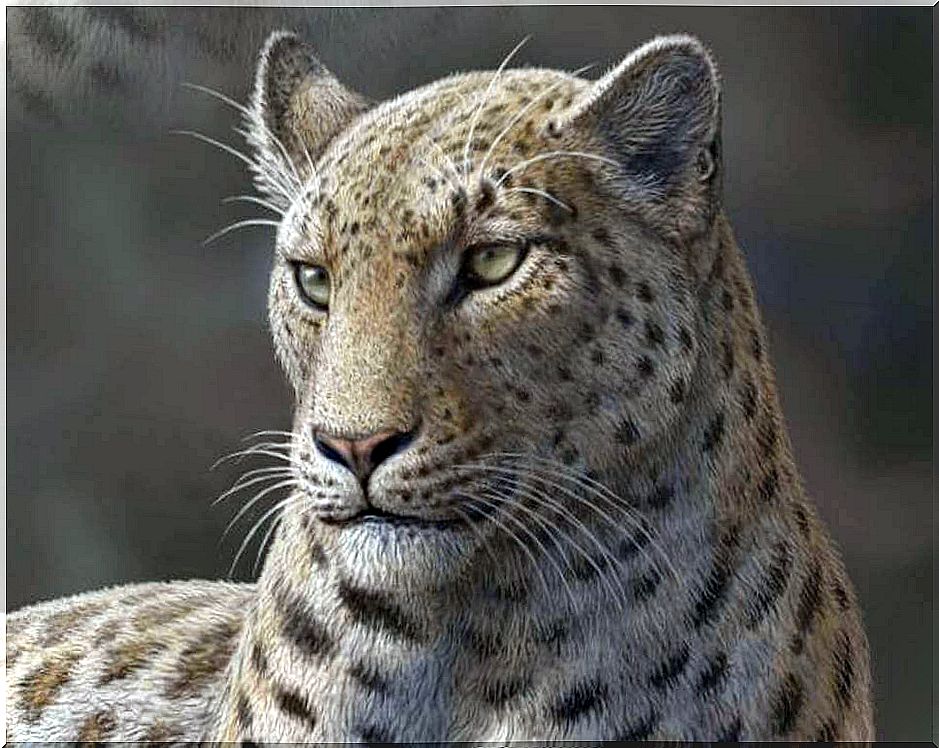
The Felidae family has inhabited this planet for millions of years and spreads across different continents. But, for various reasons, of many species of these carnivores, only a few fossil remains are left. Today we’ll tell you details about five extinct cats.
Meet some of the extinct felines
The pantherines, the cats and the now disappeared macairodontines, inhabited all continents, with the exception of Oceania and Antarctica.
Many species of these cats have become extinct due to changes in ecosystems or the arrival of humans in their habitats. Anyway, we’re not just talking about ancient history.
The extinction of several species, including felines, continues to occur every day, and humans are still largely responsible for this happening.
panthera blytheae
This carnivorous mammal (seen in the main image) was similar to the current snow leopard and the oldest known of the Pantherinae subfamily .
Fossils found in the Himalayan mountain range date back about six million years.
The discovery of his remains in a remote region of Tibet reinforced the theory that pantherines evolved in Central Asia rather than the African continent.
It is believed that this animal inhabited the Tibetan plateau along with ancestors of antelopes and sheep, on which it fed.
Panthera leo atrox
Known as an American lion or cave lion, this feline, considered the largest that ever lived, lived during the Pleistocene and extended its reign throughout America.
At over three meters long and weighing over 250 kilos, it is believed that they hunted in groups, mainly horses and mammoths.
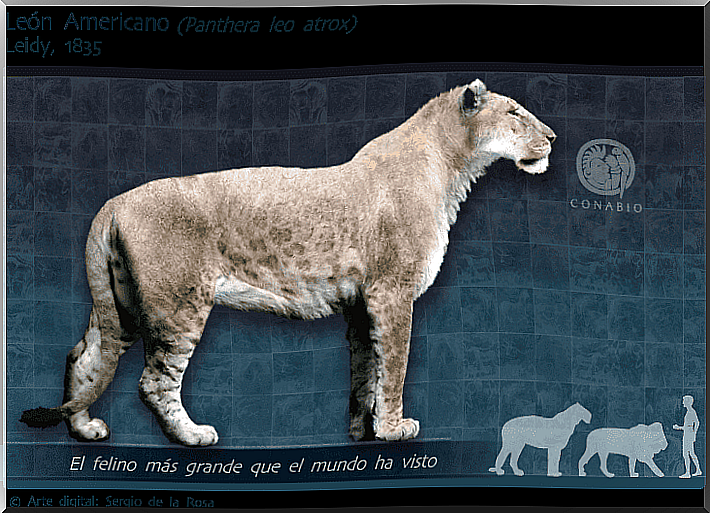
The causes of Panthera leo atrox ‘s extinction must be looked for in climate change – its disappearance coincides with the end of the last ice age. But they were also hunted en masse by prehistoric man.
Panthera leo melanochaitus
The Cape Lion was the largest feline that inhabited the southern part of Africa until the late 1860s. The largest specimens exceeded three meters in length.
It stood out for having a dark mane that covered the region of the shoulders and abdomen. It also had a distinctive black dot behind each ear.
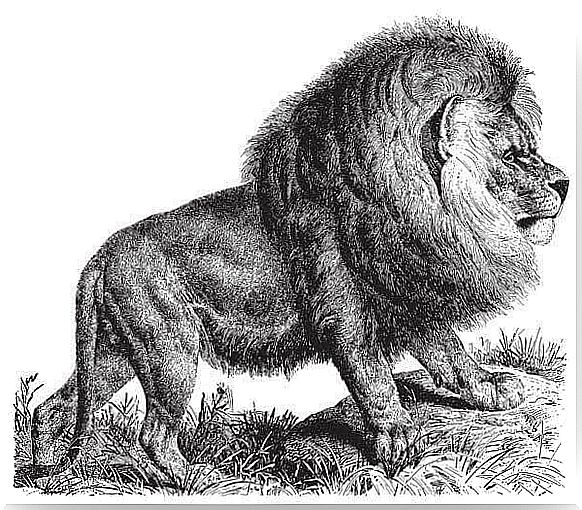
As it neither hunted in groups nor had its favorite prey, with the arrival of English and Dutch settlers in the 17th century, it became a threat to cattle and people.
This fact determined its extinction along with sport hunting and growing food shortages.
smilodon
The so-called “saber-tooth tigers” actually included three extinct species. These animals lived in the Americas between the Pliocene and the Pleistocene.
They were distinguished by the large size of the canine teeth, which protruded from the jaw.
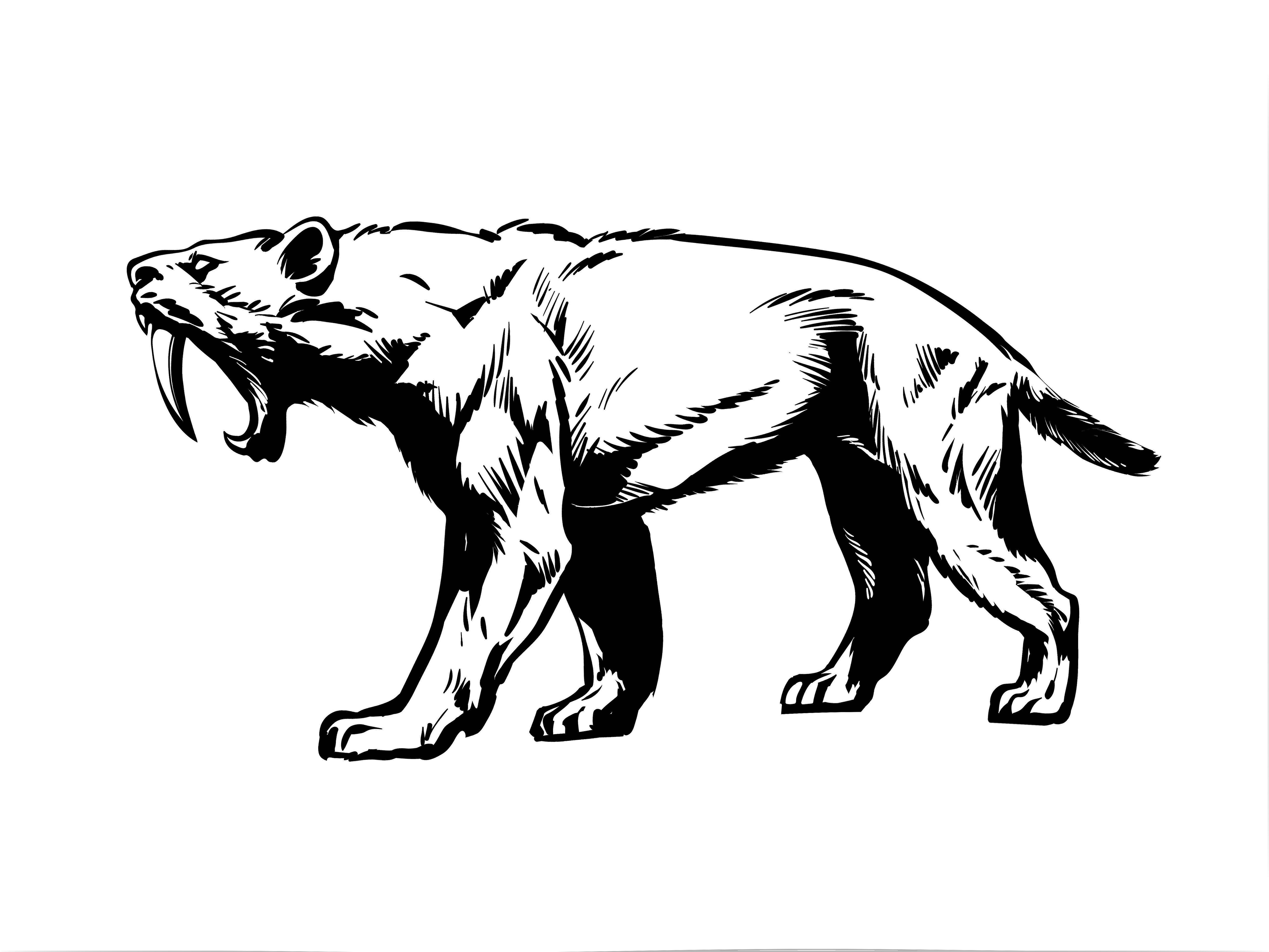
It is assumed that the largest specimens of Smilodon weighed around 300 kilograms.
And, once again, the cause of its extinction seems to be linked not only to climate change, but, above all, to the emergence of the human species.
Panthera (onca) gombaszoegensis
The European jaguar inhabited this world about 1.5 million years ago, during the Late Pliocene and the Late Pleistocene.
It is the oldest known species of the genus Panthera on the so-called Old Continent, although in any case it is estimated to be a species originating in Africa.
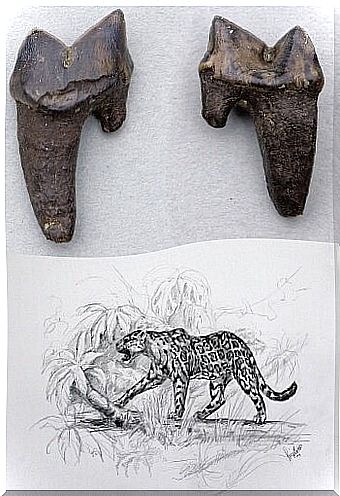
Larger than the South American jaguars, it is assumed that their disappearance occurred some time after the arrival in Europe of the lion and the leopard, thus adding to the list of extinct cats.








